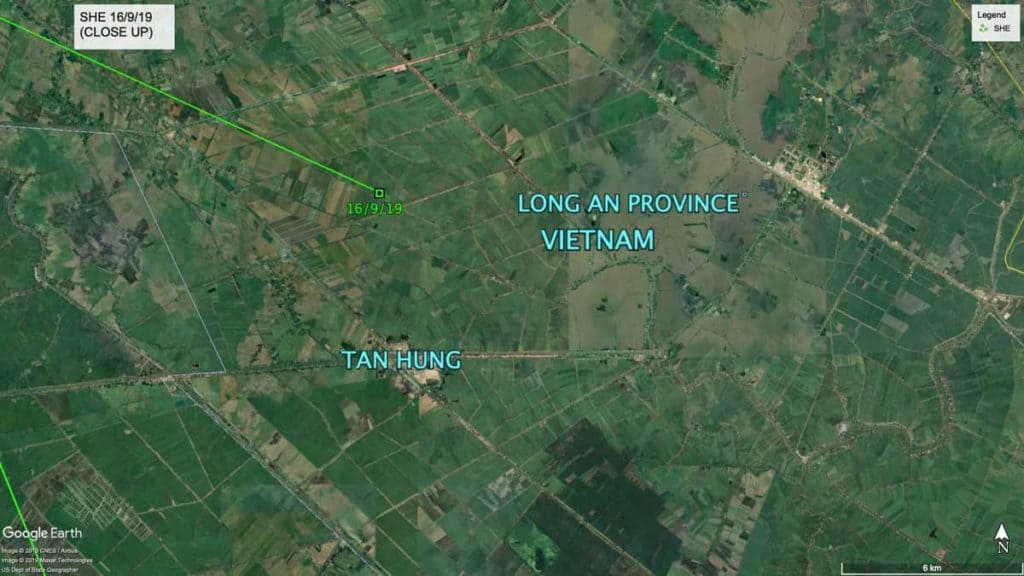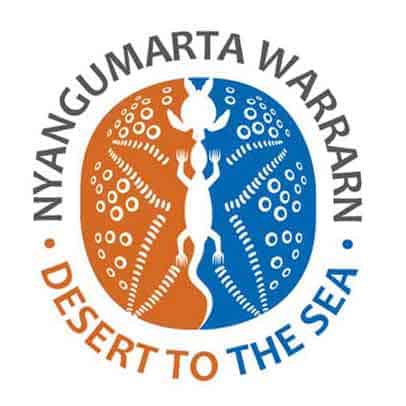SHE crosses the border into Vietnam.
SEC has headed north back to Prey Veng Province.
SEP seems to still be in Sri Lanka but there has been very little location data.
Unfortunately, there have been no signals at all from SUN since August 6th.


Oriental Pratincoles on the move
End of Second Breeding Attempt!
Leg Flag SHE (PTT 83595)
After approximately 106 days SHE has left what appears to be its second breeding location and is now in Vietnam. SHE is currently in the Mekong Delta Region, 5km north of Tang Hung Commune in Long An Province. As expected, an agricultural area of predominately rice fields.


Back in Prey Veng Province
SEC (PTT 83596)
86 days and SEC is still in Svay Rieng Province. It seems that SEC is utilising the agricultural area around Waiko River.
Although accurate data continues to be scarce, inaccurate data suggests extensive use of this area. Again, it will be interesting to see the results once a detailed analysis of tracking data has taken place.

Positive Thinking!
With input from Chung-Yu Chiang
Leg Flag SUN (PTT 83591)
We have had some location data of low accuracy with the last reading occurring on the 1st September. Location data has been poor ever since SUN reached Taiwan, so there may still be hope that a regular flow of data will occur on southward migration once SUN leaves Taiwan.

Waiting for Data
With input from Subbu Sabramanya
Leg Flag SEP (PTT 83593)
There has been very little location data since the 24th August. At the moment there is a chance that SEP remains in the in the Batticaloa District, (in the Eastern Province) of Sri Lanka.

Download a PDF copy of this report – Oriental Pratincole Satellite Tracking Report 18
Acknowledgements
Clive Minton
The extensive and expensive satellite tracking program we have set up in NWA has only been possible through the efforts and generosity of a large number of people and organizations. It is difficult to know where to start with the formal acknowledgements so I will list them – but not in any particular order of priority.
- The members of the AWSG NWA 2019 Wader and Tern Expedition and similar NWA expeditions in previous years, are particularly thanked for their efforts in the field in catching, banding and deploying transmitters on a range of species.
- Landowners are especially thanked for permission to go onto their property to enable us to catch various species in order to deploy the satellite transmitters. In particular we thank Anna Plains Station for giving us the freedom to roam over large areas of grazed grassland when counting and catching target species.
- AWSG acknowledges the Yawuru People via the offices of Nyamba Buru Yawuru Limited for permission to catch birds on the shores of Roebuck Bay, traditional lands of the Yawuru people.
- AWSG acknowledges the Karajarri and Nyangumarta people for permission to catch birds to be marked for this project on the shores of 80 Mile Beach, traditional lands of the Karajarri and Nyangumarta.
- The cost of the satellite transmitters, which cost around $5000 each, and the satellite downloading costs (around $1000-1500 per month) have been met by a variety of sources. Private individuals (Charles Allen and Doris Graham) have made most generous individual contributions. Kate Gorringe-Smith and her team of artists involved in The Overwintering Project made a large, generous donation from funds raised during their various public exhibitions. The annual NWA Expedition members, collectively, also provided significant funds each year.








